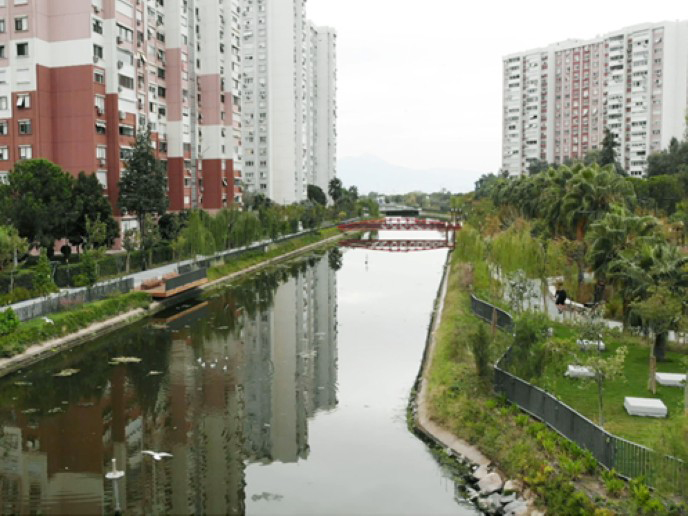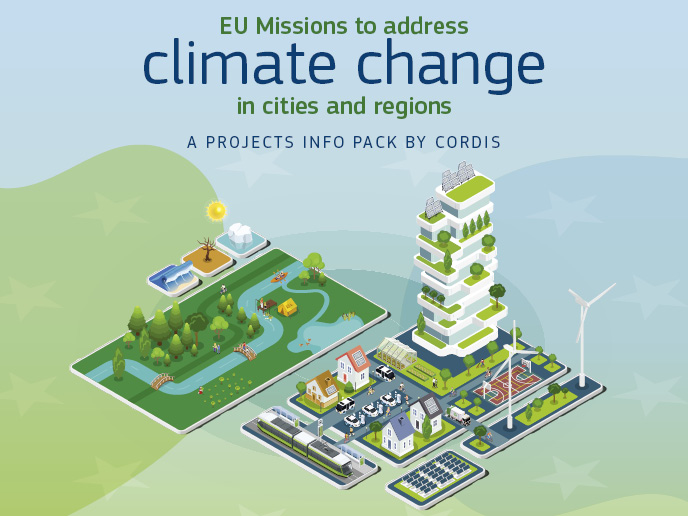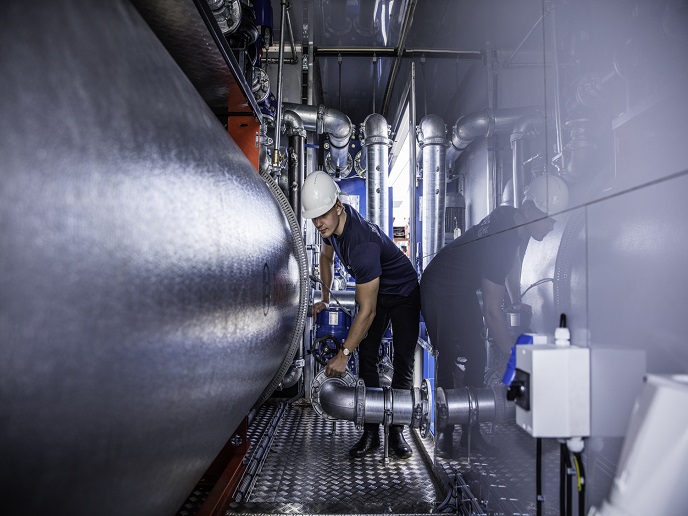Training and research safeguards groundwater
There is an increasing realisation that for water quality and quantity to be maintained, action is needed at both national and European levels. This is because Europe's groundwater resources are now facing a number of challenges which include pollution and over-abstraction. Minimising these threats requires a better understanding of the physical, chemical and biological processes involved. This can be achieved through the creation of tools for assessing groundwater vulnerability, aiding water management and the design of protection strategies. The water industry must also meet the requirements of the new EU Water and Groundwater Framework Directive. As the European water industry expands there will be an increasing demand for appropriately educated graduates. The project 'Towards improved groundwater vulnerability assessment' (IMVUL) was set up to train young scientists to deal with the scientific and operational challenges facing the groundwater industry. IMVUL's main objectives, therefore, were to increase understanding of the processes involved in groundwater vulnerability. In addition, tools were developed to help protect and promote the sustainable use of groundwater, and act as an interface between the water industry and researchers. Research activities covered three main areas: aquifer case studies, laboratory research and modelling techniques. Case studies from across Europe were conducted and included studies into the use of groundwater temperature as a tracer, the use of the reponse of borehole water levels to changing weather to assess groundwater vulnerability, an investigation into the nature of flow between ground surface and the water table in fractured aquifers, and methods for minimising groundwater contamination from pollutants in recharge ponds. Laboratory studies included an investigation into the development of biofilms and the control of water quality. Methods were developed for detecting the hormone oestrogen, an important emergent pollutant, and related endocrine disruptors at nanogram-per–litre level. Studies were also conducted into the effects of nutrient levels and heavy metal concentration on bacterial activity in the soil. Furthermore, new analytical and numerical methods were developed and existing models improved. The result was a range of modelling tools for investigating aquifer vulnerability. In addition, researchers investigated flow, mixing, dispersion and transport in aquifers on a range of scales. The team further developed existing numerical models of flow and transport in fractured porous media to include precipitation and biofilm development. This enabled more accurate predictions for groundwater flow and transport of contaminants in fractured rocks. IMVUL, therefore, successfully trained scientists and developed new tools to protect groundwater resources from pollution and over-abstraction. This will help safeguard both Europe's public health and economy.
Keywords
Groundwater, vulnerability, training, pollution, abstraction, Water and Groundwater Framework Directive, biofilm, eemergent pollutants







